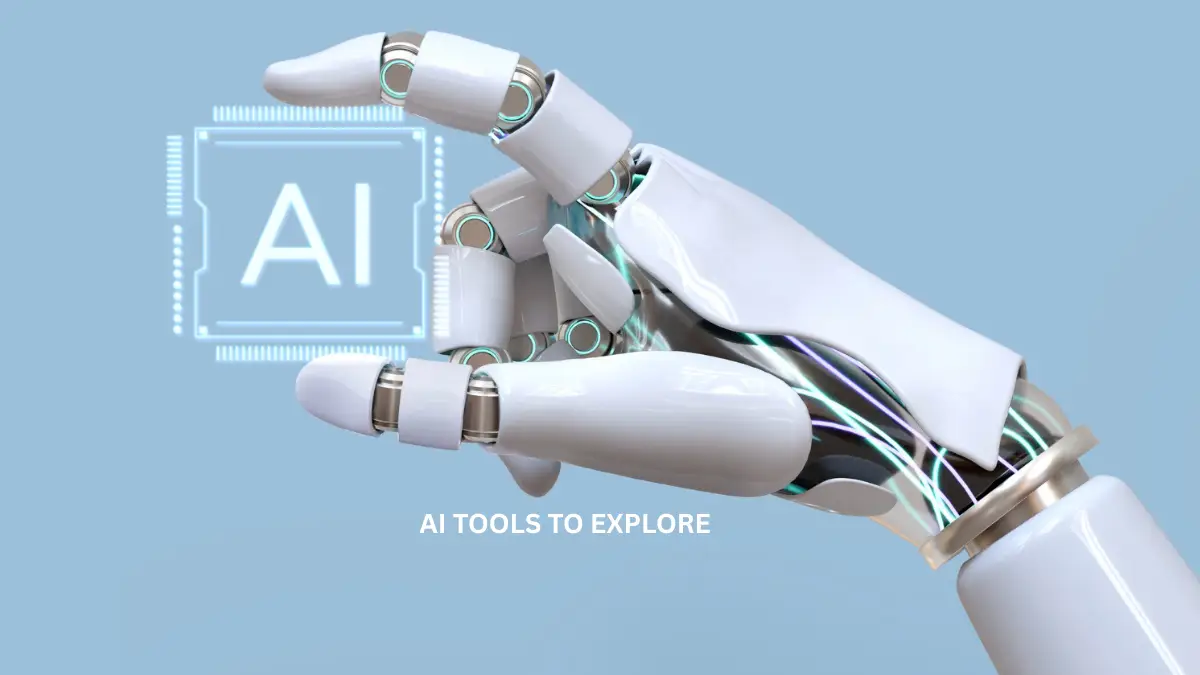What does the Future of Technology Hold for Businesses?

Technology is a one-way street. To the consumer, technology is used to make their lives easier. To the business, technology is used to make their lives easier as well.
The job of technology isn’t to elevate people above the rest. The job of technology isn’t to change people into machines or robots. It’s simply a tool that enables us to achieve our goals faster and more efficiently than if we didn’t have it.
When you take this into account, you realize that most of the time, businesses are simply doing what they can with technology; whether it’s a buzzword like “lean manufacturing” or “automation.” It doesn’t mean that they’re not working hard on improving their processes though; they are. By being a part of the conversation, be sure not to sensationalize too much about automation and automation systems for your company — otherwise you may end up with an overblown value proposition for your employees in terms of “greatness” through automation.
Table of Contents
What choices do businesses need to make in order to stay ahead of the curve?
Technology is one of the more exciting aspects of e-business, but it is often overlooked. It can be a huge benefit, but it can also be an expensive burden to companies. How do you make the right choices?
In our current generation of technology, there have been many debates over which programs will be used first, and how that choice will impact your organization’s productivity. Many people are concerned about their personal information being shared with third parties on a platform that they didn’t set up or choose to share big files or their data.
Is this a risk worth taking for your company?
The reality is that you need to find the balance between utilizing technology as efficiently as possible and protecting your brand identity without compromising its effectiveness.
How will technology choices impact people and production systems?
There are three choices to follow in the digital age. You can be a pro at the tech, or you can be an amateur. Either way, you’ll be on an uphill climb.
The first choice is to become a professional (i.e., over-complicated). The second (and better) choice is to become an amateur, which means becoming more of a hacker/geeks and less of someone who messes with technology for the sake of it.
I’m not necessarily talking about programming languages here, but more about the way people use technology to achieve creative ends
And there it is: in short, we’re all amateurs at some point or another. We can choose to stop caring and let technology treat us like technicians with incomprehensible knowledge (i.e., “a programmer uses X language to program Y object”), or we can choose to start caring and develop respect for the tech side of things (i.e., “I am learning how X tool works so I can use it in Y situation”). It isn’t necessarily that one path is better than the other or that one path has more rights than another path; they are simply different approaches that need different skillsets.
What are the potential consequences of choosing the wrong technology?
What’s the worst-case scenario if you choose the wrong technology for your company? You’ll simply fail. Or worse, you’ll lose a group of people that you’ve worked so hard to cultivate.
The best-case scenario is getting something done with the technology that you have chosen, but it might not be perfect. The worst-case scenario is that it prevents you from getting anything done at all.
Technology is a currency of sorts. Companies have to spend money and time on the acquisition of new technology, but they can’t just hand it out at will — their competitors are doing so too.
I’ve seen companies spend hundreds of millions on tech in one go only to see their competitors use it for years before they even conceive of using it as a competitive advantage instead of just as an enabler of higher productivity and efficiency. The reality is that competition is fierce and technology has never been more competitive than today. If your company doesn’t want to be left behind by others, then look at what they are spending on their technology , what they are gaining with their projects, and how far ahead they are in acquiring future-proof tech and how much value they can create with that tech before someone else takes over their position or better yet … use it yourself!
How can businesses ensure they make the right technology choices?
We are witnessing the rise of technology. The transformation of personal computing into social networks. The proliferation of software mobile apps, smart watches, and automated cars.
The question is what will be the impact on companies and their organizations. There are a plethora of choices when it comes to technology adoption, but there are some things to consider when deciding what technology to incorporate in your company.
In this article I’d like to focus on three important aspects: who the customer is, what their needs are and how those needs can best be met by your business (or organization), and your short term (which includes your customers) and long term goals (which includes the long term).
The success of any business will depend on how well you communicate with them as well as how effectively you communicate with them in the first place. If you don’t speak the same language than you won’t get along very well either. But for this article I want to focus on how we can create a seamless communication between our organizations (at least our businesses) and our customers over time. This is not only important for our future but also for those who have invested their hard earned money in us by giving us an opportunity to make a living out of doing what we love most: talking with people about things they find interesting and entertaining , while at the same time making people feel comfortable enough to talk with us about things they find interesting too!
This kind of immersive experience has been revolutionizing communication over both personal as well as business communications, whether we are talking about something far away or right here in front of us! So let’s dive right into it!
Let me start off by defining who this article is for since many people would probably already have seen it already: my friends, my family members, all my fellow writers, those that work at some big corporate employer or whatever else I don’t know yet . . . ! Please forgive me if I made any mistakes or misunderstood anything : ) Let’s see what we can do together!
One thing is certain: Technology will become every bit as important a part of our lives as it already is today!!! It has already had an impact on everyone from families to work places, from everyday life to entertainment, from education to entertainment, from businesses all around the world!!! As humans we need technology whether it be voice calls or internet connectivity – yes! We need it like oxygen! But let me ask
What will the future of business look like?
A huge number of the free software tools out there are available for Mac, Windows and Linux. While each operating system has its own unique set of capabilities, there are some applications that work on all three. When you choose a new product or service, it’s worth considering whether it supports all three operating systems.
Consider this scenario: if you’re writing a report that needs to be transferred from one system to another, shouldn’t the application be able to support both?
Conclusion
Final thoughts. This is the first of a series of articles I’ve written on technology, and all the choices and consequences that come with it. In this first article, I’m going to cover the choice of who you will use technology tools with, what you expect the end result to be, and how you will measure it.
Now that we have established a baseline for technology choices, let’s go back to our main question: Who will you choose for technology choices?
There are many opportunities for your team to choose their future work environment through technological lenses. There are also certain things that can be done in the past that can now be done in the future, typically because technology makes those things possible. As a company, we can choose to take advantage of tech while minimizing friction. We can use technologies like databases or wikis where we don’t have to implement something ourselves but instead pay someone else to do it for us (or hire them on as employees). We can take advantage of tech as a means for creating documentation or documentation sharing mechanisms where we don’t have access to it ourselves but instead pay someone else (a consultant or freelancer) to do it for us by providing access to our systems (or creating those systems themselves). We can create new technologies without needing permission from anyone other than ourselves. We can dictate what systems others should use rather than allow them choice.
These choices are not always obvious at first glance; they require some thinking about how tech fits into business processes as well as how they fit into individual people’s lives. In fact, these processes and products are often created by smart people with specific skillsets who want and need flexibility in their work environments so they may focus more on what they want out of life rather than being tied down by constraints imposed by other people’s expectations (and sometimes their own). One question is “What systems should I use?” A second question is “What do I want out of my system?” The answer to both questions needs some thinking about when making your decision.
I’d like this article series on technology contributions to continue over time so we get better at answering these questions! How does your company choose its direction today? Do you have any tips or tricks? Let me know!
Read more: Developing Mobile App for Every Sector & Working Globally







